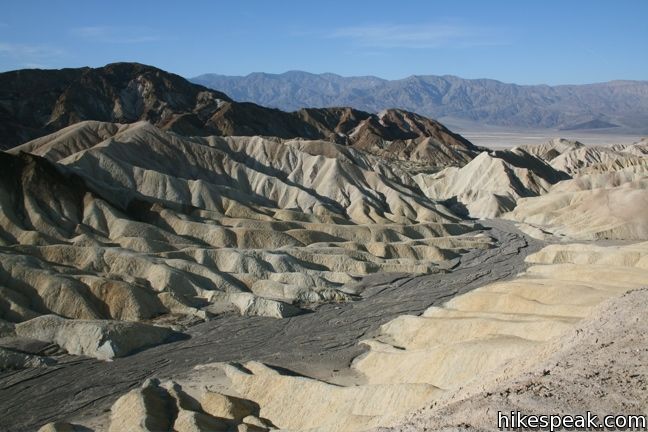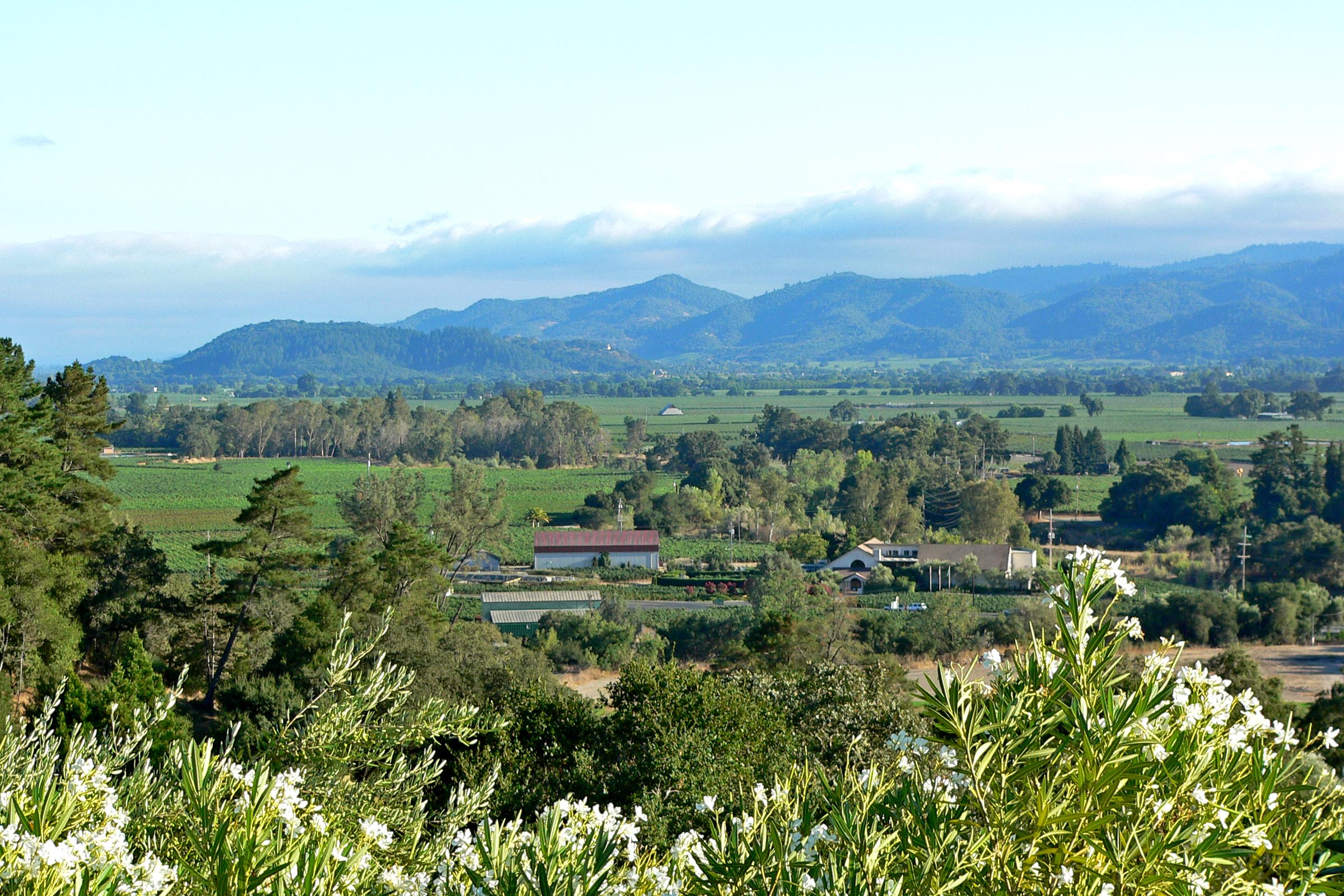The three laws of the
robotics and the enhancement of the human soul,
A combination that saved humanity
in the year 2067
Ricardo Aguilar
Travel journal, global
warming in the year 7010
In contrast to ancient
human civilizations that presumably ended up by natural disasters, our present human
civilization is undeniable approaching to its own annihilation under its own
doomed destine. Fortunately, contamination, pollution unregulated industries
waste supported by under a triumph era end up being just another chapter of a
classical novel from the XV century, that could have been easily added as the
10th circle of hell in Dante Alighieri “the divine comedy”. Fortunately, the
human impact activities, that could have ended our civilization mainly by a self-inflicted
Global Warming right by the mid 21th century, was superseded by the human soul.
It was an outstanding step in humanity’s consciousness development. It was also
the result of a need for survival from humans own doomed creation, global
warming and the AI, (Artificial Intelligence). near to its own annihilation
by the years 2067 after an epic battle to regain earths’ out-space
colonies’ control against “cyborgs” or human bio-mechanical androids, humans
regained control of a super computer called: M-A&O, MotherA&O (alpha
and omega) such program was created observing the robotic laws (Isaac Asimov.,
1950). Conversely, in violation of the third law of the robotics, rule #3,
(a robot must never harm and protect humans), moderato decided to end a threat
that could signify the end of humans. Hence, this program decided the
annihilation of the most brilliant human minds which according to M-A&O
would represent a thread for the rest of our kind. Although originally both humans
and cybors were organized and perfectly working to inhibit nuclear and human
activity against earth’s environment, at certain point the machines developed pragmatic
consciousness beyond human knowledge as they argued. Humans on their own
account also evolved to a spiritual level that later was enhanced to a universals harmony,
learned through their own past errors. Consequently, machines behavior towards
humanity changed. In the end, earth was saved by a universal thought of an
elevated spiritual intelligence, a quality that programmed machines were never
able to reach or destroy based on their own programmed survival codes and software. Finally, they worked along to humans for
earths survival and we prevail.



































